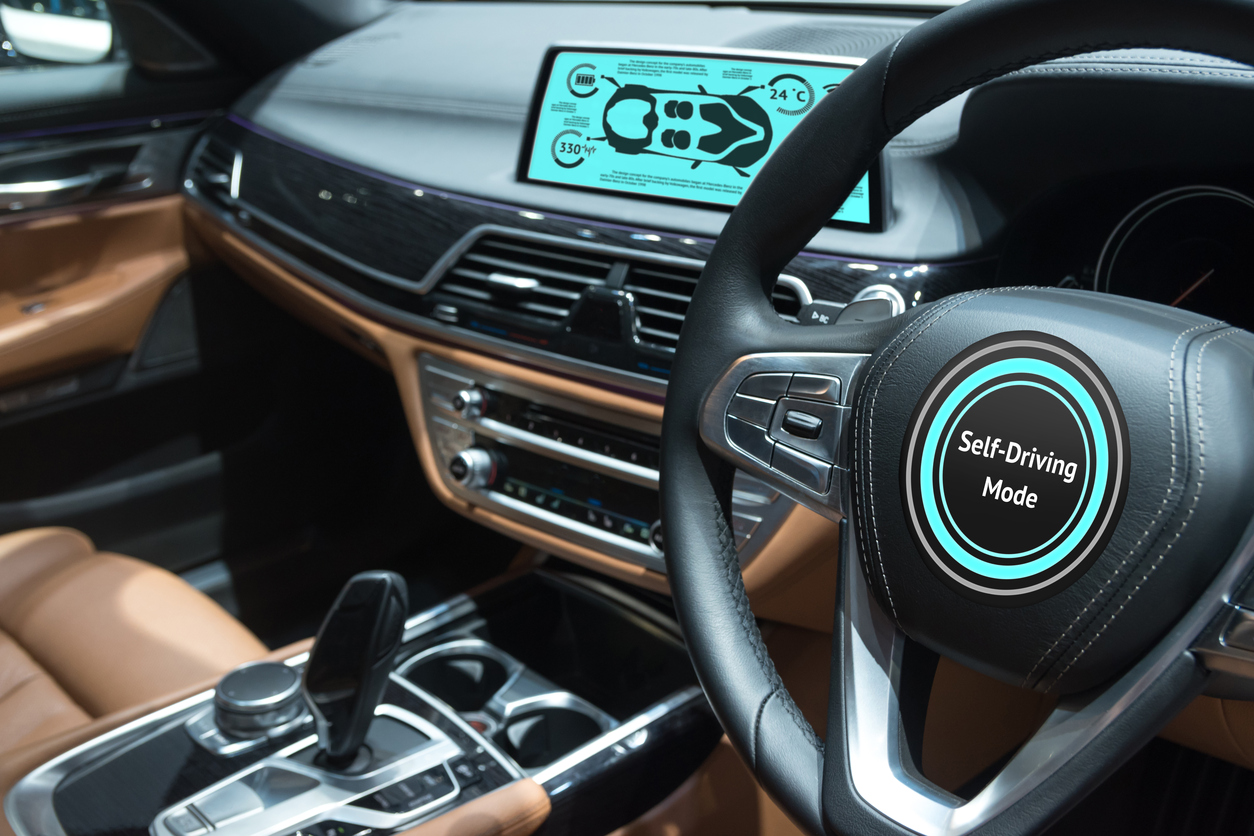Investors are growing impatient with the pace of driverless-car development after years of ambitious targets and bold promises, putting pressure on an industry that had grown accustomed to latitude and piles of cash from investors.
In recent weeks, automakers have scaled back plans for the technology in response to increased pressure to cut costs during an economic slowdown. An influential hedge fund has also questioned Alphabet Inc.’s Google’s years-long effort to advance self-driving technology, an endeavor that has proven more difficult than many experts predicted just a few years ago.
TCI Fund Management, an activist investor, wrote to Alphabet this month, questioning the company’s continued investment in Waymo, its self-driving unit.
“Waymo has not justified its excessive investments, and its losses should be dramatically reduced,” TCI managing director Christopher Hohn wrote in the letter. Waymo has refused to comment.
Waymo has benefited from Alphabet’s patience, as the company began working on driverless cars more than a decade ago. In 2020, the unit began raising funds from outside investors, sparking speculation that Waymo was planning a spinoff as a standalone company.
Waymo operates driverless cars in the Phoenix metro area as a ride-hailing service for paying customers, and is expanding into San Francisco and Los Angeles. Waymo Co-CEO Tekedra Mawakana discussed the challenges of safely deploying the new technology last month.
“This is really about being patient in our learning while also being precise in our execution,” Ms. Mawakana explained. “This is a significant long-term opportunity.”
Intel Corp took its Mobileye car-tech unit public last month in an IPO that valued the company at $23 billion on the first day of trading—far less than the $50 billion its leaders had initially targeted.
Ford Motor Company and Volkswagen AG have also recently scaled back their autonomous-vehicle efforts, terminating their joint investment in driverless-car startup Argo in late October.
The two rival automakers invested billions of dollars in the startup late last decade, when both had fully robotic cars at the heart of their future service and revenue plans.
Each company stated that it intends to reallocate resources to technology deemed more viable in the short term, such as driver-assistance systems and automated approaches that allow vehicles to pilot themselves in limited situations while a human driver is present.
“It’s become clear that profitable, fully autonomous vehicles at scale are still a long way off,” said Ford’s chief financial officer, John Lawler.
Meanwhile, Nuro Inc., a driverless-delivery startup, announced this month that it would reduce its workforce by about 20% due to difficulties in raising new funds.
The shift in sentiment contrasts with a few years ago, when a diverse range of companies from Detroit to Silicon Valley were betting on self-driving technology to disrupt the auto industry and generate billions of dollars in new revenue.
General Motors Co.’s $1 billion acquisition of Cruise, an autonomous-vehicle startup, was one of many such deals, as companies competed to lock in talent and assure investors that they were prepared for the future.
Tesla Inc. CEO Elon Musk promised in 2016 that he would demonstrate a fully autonomous vehicle traveling from Los Angeles to New York by the end of 2017—a date that never came and went. His vision and promises for self-driving cars have helped Tesla’s stock rise to become the world’s most valuable automaker.
The industry’s enthusiasm began to wane in 2018, after an Uber Technologies Inc. test vehicle struck and killed a pedestrian. The incident prompted increased scrutiny of the technology and highlighted the safety risks associated with entrusting a vehicle to a robot.
As some companies progress from demonstration to deployment, it is clear that for the time being, a complex and costly back end of maintenance and operations is required to run these vehicle networks.
In October, Morgan Stanley analyst Adam Jonas stated that he no longer assigns any value to GM’s Cruise driverless-car business in his valuation of the automaker’s enterprise value.
He told investors that GM’s losses on the unit, which he currently estimates at $2 billion per year, could more than double in the coming years. “We believe GM may recognize that their investment in Cruise is a’sunk cost,’ and that they should move on,” he wrote.
Despite the pessimism, many analysts believe that autonomous technology has great potential, posing difficult decisions for automakers weighing future needs, particularly in the development of electric vehicles.













